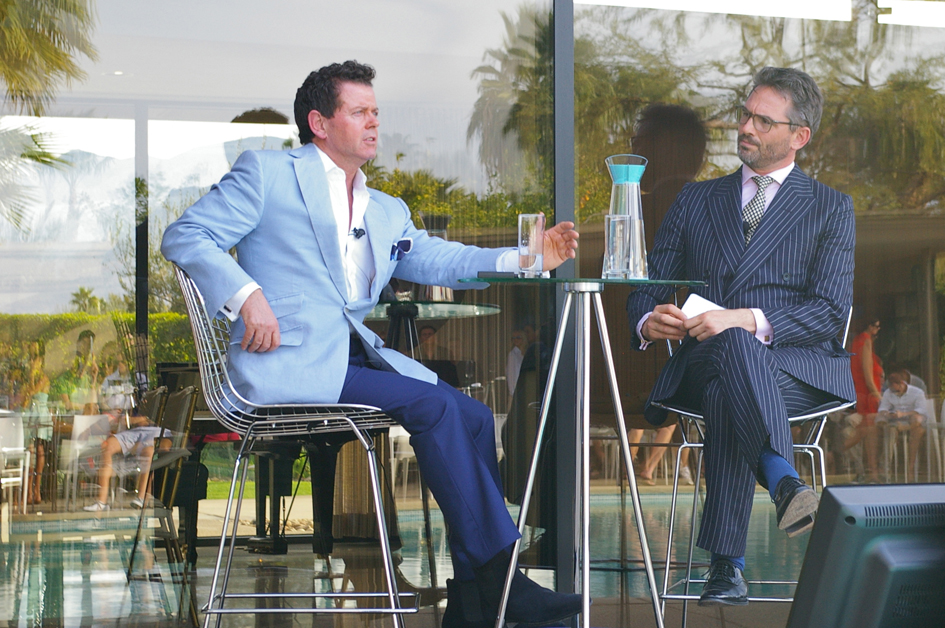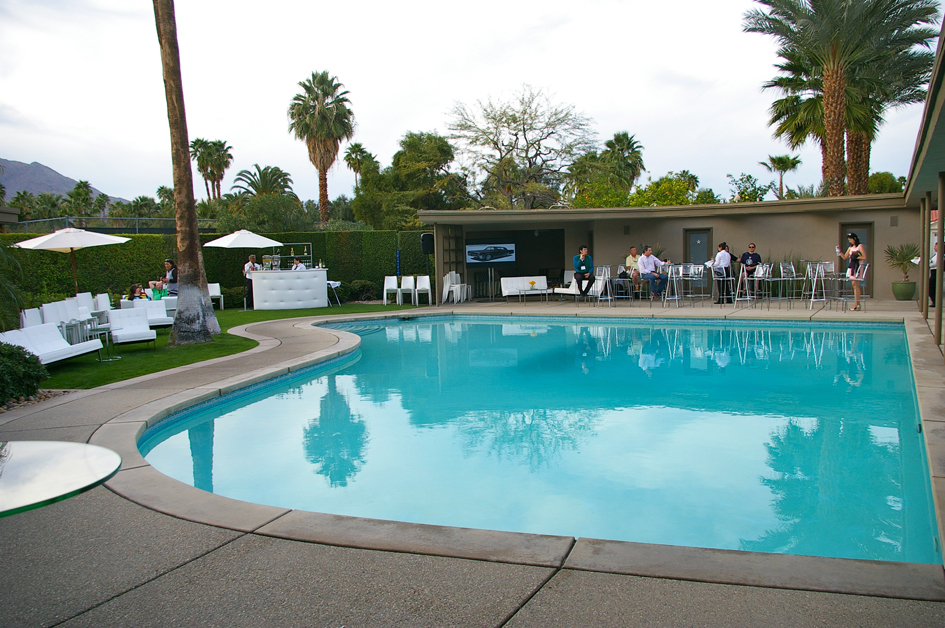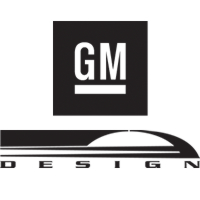Story and images by John Grafman
This is a Valentine’s Day story like few others. This is a story with a little bit of everything including one Brit, a rover, a rat, an era gone by, and of course a whole lot of love.
Palm Springs provides an ideal place to escape to in the middle of February, with blue, balmy skies and warm weather. It’s also home to Modernism Week, one of the most popular events in the desert. Palm Springs is a magnet for lovers, just as Modernism Week is for lovers of 50’s and 60’s design. Together, this is an ideal getaway.
The schedule for MW is steeped in unique lectures and opportunities to tour iconic architecture from a period of exploration and creativity in America. This period in time sparked the space race, cold war, and a time where commercial and residential buildings started using concrete, steel, and glass to create a feeling of openness to the world outside. New materials, like fiberglass, allow for previously impossible designs in furniture and cars. This was the atomic age, and a sense that anything was possible.
Across the Atlantic Ocean, England was in a time of rebirth, due to the massive destruction encountered during the bombings of the Second World War. Rebuilding from the devastation and rubble, cities like Coventry experienced a transformation that influenced many Brits. One of those happened to be a young Gerry McGovern.
Lessons on use of light, wood, metal, leather and fabric in Modern design were not lost on him. Gerry’s mother’s acute eye for design, and the international influence of the modern style that surrounded him combined to provide offer an informal, but pivotal education.
Today, a gathering of about a hundred guests are fortunate to reflect in the history of Modernism through the eyes of Mr. McGovern. His upbringing as a kid in England decades ago laid the groundwork for this extremely knowledgeable designer, and his current position as Design Director & Chief Creative Officer at Land Rover. This is his opportunity to recapture his youth, and those influences for our benefit.
The Modernism Week venue for this lecture is at the period correct Palm Springs home of the “Chairman of the Board”, and famed Rat Pack crooner Frank Sinatra. E. Stewart Williams originally designed the “Twin Palms Estate” in 1947. The location captures the magic of the days when fins on cars were commonplace, and the outdoor space of a home was as important as the indoor living environment.
Gerry emphatically states, “It’s a family home. I think that’s important. We tend to think of iconic design as sort of temples of homage to design. But, this is a very nice family home. I would be more than happy to live here. The value is the fact that it’s just as relevant as when it was built.”
Each element of the four-bedroom house is a testament to the thoughtfulness, and timeless taste of the designers and architects. The terrazzo flooring, shared flagstone interior and exterior walls, and teak furniture still look beautiful. The expansive use of glass in the living area offers a dramatic view of the piano shaped pool, cabana, and changing rooms. The clean lines of the home, surfaces and materials read purely without need for embellishment. The long, linear and angular forms of Frank Sinatra’s “Twin Palms” desert estate seem to match both the flatness of the desert valley, and the steep and sharp geography of the 10,834 foot tall Mount San Jacinto.
This desert oasis, located in what’s known as The Movie Colony neighborhood, served as Frank Sinatra’s primary residence from 1948 to 1957. The Movie Colony also served as home to silver screen legends Bob Hope, Bing Crosby, Jack Benny, Cary Grant, and Al Jolson. Of course it was easy to distinguish Frank’s 4,500 square foot house on East Alejo Road. According to legend, Sinatra’s residence had the tallest palm trees in the area, and a Jack Daniel’s flag that would be hoisted up a flagpole come cocktail hour (a perfect informal, low-tech invitation to come over and have a glass).
The yard space at Sinatra’s in both the front and rear echo the region with palms and grapefruit trees, but punctuated with greenery and flowers to add a necessary touch of color. The house and yard are oriented to frame the majesty of the surrounding San Gorgonio Mountains, which romantically completes the picture.
And while over a half-century separates them, the Sinatra residence and current Land Rovers stationed in the circular driveway seem very compatible. The expressive shapes with minimal distraction and expansive glasswork fit both dwelling and transportation equally. While E. Stewart Williams saw fit to create massive sliding glass windows for Mr. Sinatra, Gerry McGovern is considerate enough to incorporate both a bright greenhouse, and panoramic roof in the Land Rover products for our enjoyment.
Many of the visual characteristics of the Land Rover, along with the Mid Century Modern architecture, have withstood the test of time. Gerry illuminates a bit further, “One of the reasons we’re here is, we’re celebrating a design of period that was very unique to the development of culture. I’m not saying we deliberately want to take those influences and put them into the design of our cars.” Nevertheless, great design is all around us. Being able to identify and appreciate it is very important for the designers of today and tomorrow. It’s those designs that spark further ideas and advancement. Will car enthusiasts appreciate the Land Rovers of 2014 in fifty years from now in the same way we love today the architectural styles of the 1950s and 60s? Time will tell.
http://www.landrover.com/us/en/lr/




























